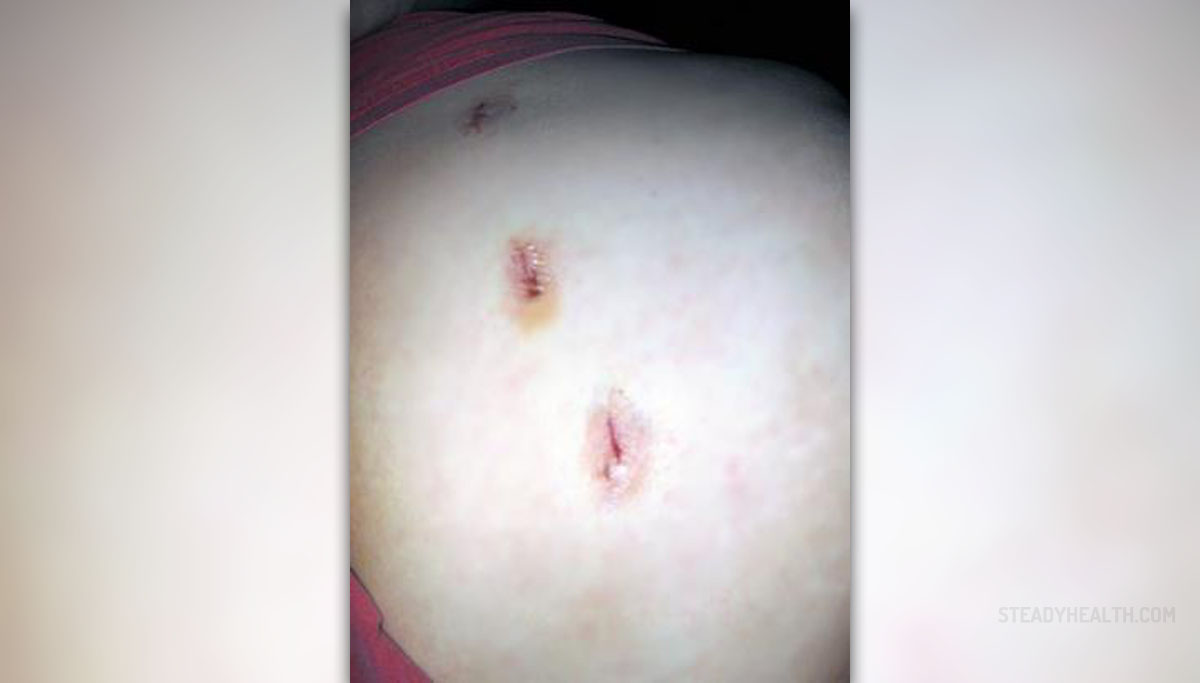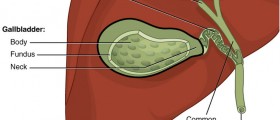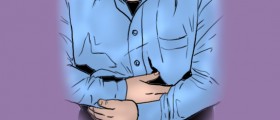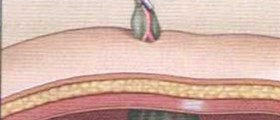Gallbladder Surgery
In the following text, we will talk about gallbladder surgery and the side effects that may arise after this procedure. There are several side effects possible, among which are back and stomach pain. We will focus more on the pain that can be experienced after the surgery, so if this is something that you may find interesting, read the next text.
The gallbladder is located under the liver at the upper right side of the abdomen and in this organ bile that is used for breaking down the fats is manufactured. The gallstones are the most common problem associated with this organ, but there are several others, such as cholecystitis, polyps, cancer and several others. For most of the problems associated with the gallbladder, the treatment may include the removal of this organ.
We have mentioned that pain is one of the most common side effects that may come after the surgery. Some of the other side effects include diarrhea, nausea, appetite loss, infection, bleeding, inflammation, injury, and the already mentioned pain in the belly, chest and shoulder. It is important to know that the recovery time after the gallbladder surgery is around 2-3 wee, regardless of the pain.
Causes of Pain After the Gallbladder Surgery
The problems of nausea and appetite loss are a result of the weakening of the digestive system due to the surgery, which leads to fatigue and nervousness. The diet must be conducted after the gallbladder surgery in order to make the body stronger and healthier, along with the digestive system as well.
Also, muscle fatigue and cramps may be experienced after the surgery due to the excessive fatigue, whereas due to the pain felt, the patients tend to sit and walk improperly, which leads to shoulder pain. During the surgery, a clip is inserted and it prevents the bile from exiting from the bile duct, although in some cases this clip may move and cause problems. If this happens, the bile will enter the abdomen region and cause abdominal and lower back pain.
Abdominal pain is the most common side effect, and it occurs in the abdomen, due to the location of the gallbladder. The carbon dioxide, which is pumped in and out during the surgery, may be left over and cause pain in the right side, backside, and abdomen. It can also cause uneasiness and bloating, which lead to stomach pain.
- Pain is the most frequent complaint after laparoscopic cholecystectomy and the main reason for staying overnight at hospital on the day of operation.
- Adult patients, who were undergoing elective laparoscopic cholecystectomy during a six month period in 2010 at our institute, were randomized to either group A (n = 60, GB retrieval through epigastric port) or group B (n = 60, GB retrieval through umbilical port). VAS for pain was assessed by a registered nurse at 1, 6, 12, 24 and 36 h after surgery.
- The VAS for pain at umbilical port was less than epigastric port at 1, 6, 12, 24 and 36 h after surgery (5.9 ± 1.1 vs. 4.1 ± 1.5, 4.6 ± 0.94 vs. 3.5 ± 1.05, 3.9 ± 0.85 vs. 2.4 ± 0.79, 3.05 ± 0.87 vs. 2.15 ± 0.87, respectively) and the difference was statistically significant (p-value
- Pain reaches a peak within the first few hours following laparoscopic cholecystectomy, but diminishes during the next 2 or 3 days. Some patients experience a rather painful early post-operative period, and some dynamic conditions such as coughing and mobilization can further aggravate the pain.
- Three types of pain have been proposed i.e. visceral, parietal and shoulder tip pain, with different intensity and time courses; visceral and parietal pain being the most important during first 24–48 h after surgery.
- The main sources of pain are: incision sites within the abdominal wall; the pneumoperitoneum in association with both local (peritoneal and diaphragmatic stretching, acidosis and ischemia) and systemic (hypercarbia causing sympathetic nervous system excitation with an amplification of local tissue inflammatory response) changes; and the ‘‘postcholecystectomy wound’’ within the liver (visceral pain).
- Patients in both groups did require additional analgesia besides the standard analgesic regimen provided to every patient included in our study. Nineteen patients (31.7%) from group A and 17 patients (28.3%) from group B required additional analgesia and this difference was not statistically significant.
Bile secretion decreases, constipation and diarrhea are possible side effects also. Heartburn is a possible side effect created due to the improper digestion of fat, which can happen after the surgery. This may cause further problems like chest pain. Pain may also be a result of the shifting of organs due to the removal of the gallbladder. If an infection occurs, it may cause chest, back, and abdomen pain. Do not be alarmed by the pain felt after the gallbladder surgery. Just follow the techniques for pain management and the pain will surely go away.

















Your thoughts on this
Loading...